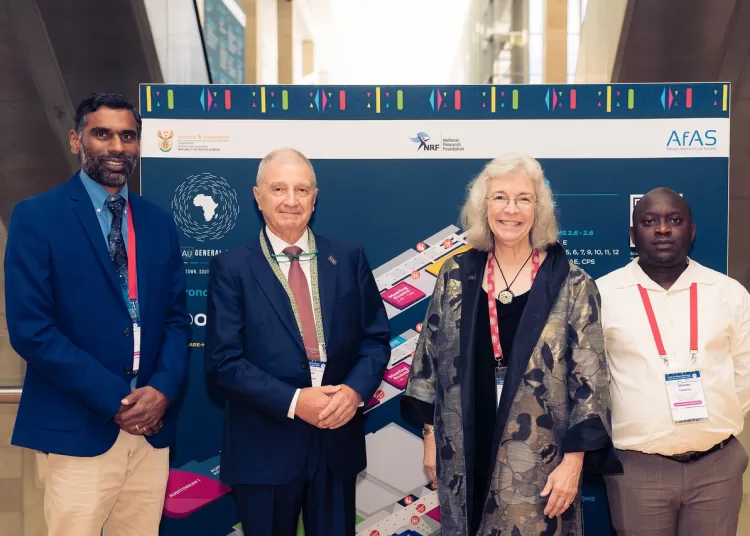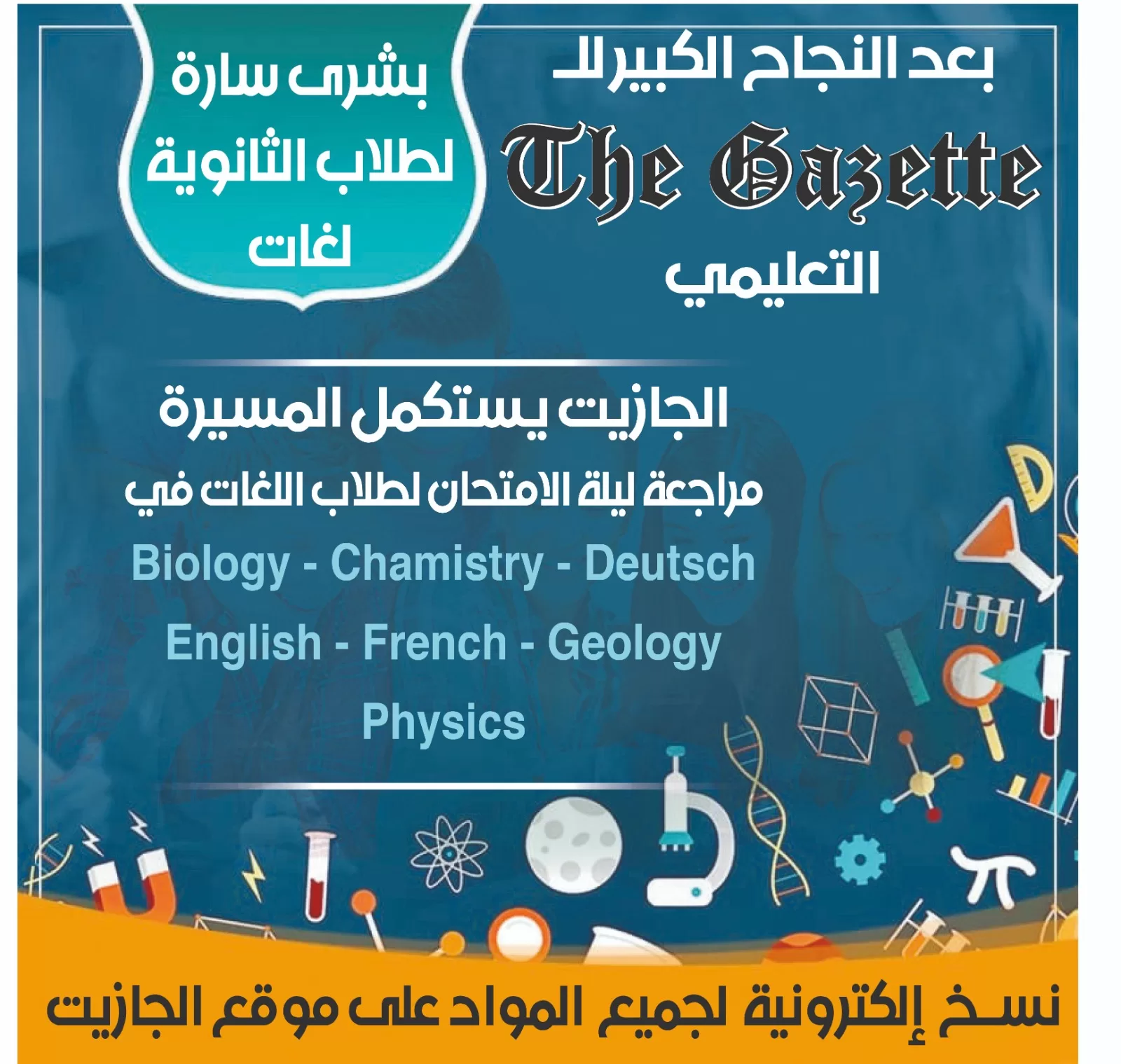CAPE TOWN – The XXXII General Assembly of the International Astronomical Union (IAU) began on Wednesday in Cape Town, South Africa.
This landmark event, the first General Assembly in the IAU’s 105-year history to take place in Africa, brings together over 2,000 astronomers to share their pioneering research.
The conference will also be fully open access for the first time, and marks the beginning of Africa Astro Month, with numerous opportunities for the public to get involved both on-site and online.
As the first IAU GA ever to take place in Africa, the meeting will celebrate Africa’s rich tradition in, and contributions to, astronomy, past, present and future.
For millennia, Indigenous people across Africa have assigned cultural significance to stars and other celestial bodies.
The oldest known astronomical structure in the world, the 7,000-year-old Nabta Playa stone circle, was built in what is now Egypt, aligned with bright stars to track the passing of the seasons.
Today, South Africa is home to several world-class observatories, including the Southern African Large Telescope (SALT), which is the largest single optical telescope in the southern hemisphere.
Furthermore, the mid-radiofrequency array (SKA-Mid) of the Square Kilometer Array Observatory (SKAO) currently under construction in South Africa is set to become the world’s most powerful mid-radiofrequency telescope when it is complete.
Against this backdrop of astronomical heritage and major ongoing endeavors, the IAU GA is taking place in the Cape Town International Convention Centre (CTICC), at the foot of the city’s iconic Table Mountain.
It is hosted by The South African National Research Foundation (NRF), with support from the Department of Science and Innovation (DSI) and the African Astronomical Society (AfAS).
The scientific program features over 2000 presentations scheduled across 6 Symposia, 12 Focus Meetings, and further dedicated sessions organized by the IAU Divisions, Offices, Commissions, and Working Groups.
For two weeks, the conference will provide a stimulating platform for researchers to exchange knowledge, forge new collaborations, and advance our understanding of the Universe.
The meeting will also highlight the goals from the IAU’s Strategic Plan and how it is achieving its mission of promoting and safeguarding astronomy in all its aspects.
In particular the conference will showcase the activities of the IAU’s scientific divisions and offices, using astronomy for development, outreach, education, and supporting young astronomers.
Another major focus will be the IAU Centre for the Protection of the Dark and Quiet Sky from Satellite Constellation Interference (CPS).






Discussion about this post